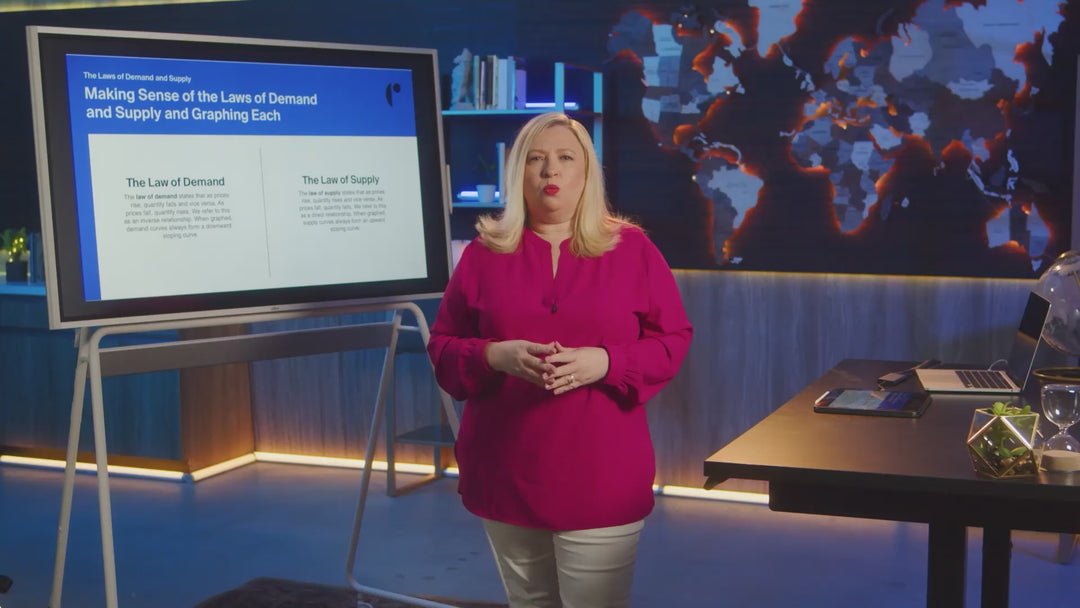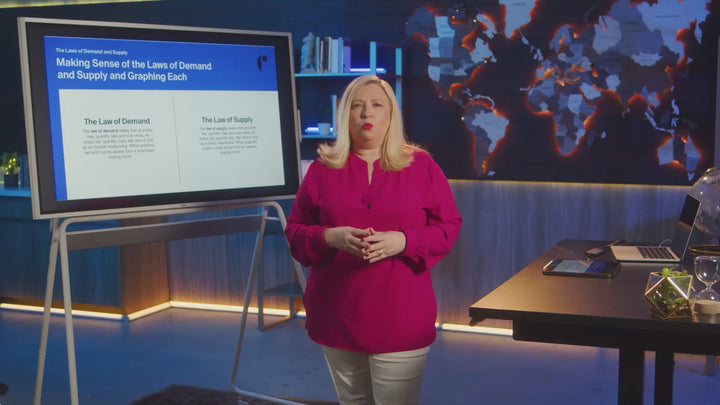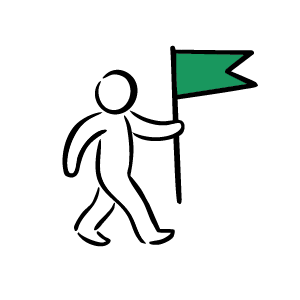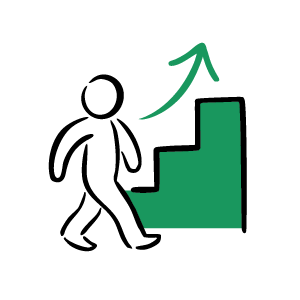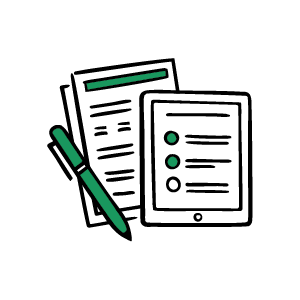Twelfth Grade Curriculum
- 7 courses included
- Update grade level anytime
- 14-day satisfaction guarantee*
Subscribe more students, save more!
10% off
2 students
20% off
3-5 students
25% off
6+ students
Designed for the way modern teenagers learn, our Cinema Series twelfth grade curriculum offers relatable teachers, studio visuals, and concise segments that support independent learning. Students develop advanced critical thinking, research, communication, and problem-solving skills that empower them to engage with complex ideas, make informed decisions, and transition confidently into college, careers, and civic life.
In English IV, students develop advanced written and verbal communication skills by analyzing diverse literary texts, crafting well-supported reflective and analytical arguments, and applying critical reading strategies.
In Pre-Calculus, students advance their mathematical thinking by working with complex functions, mastering trigonometry, and applying the unit circle and laws of sines and cosines to solve problems and prove identities.
In Economics, students develop analytical thinking by exploring economic principles, major theories, and the interplay between economics and politics, while also gaining insights into financial literacy and global economic conditions.
Students have several options for a twelfth grade science course and can choose additional electives or add on a foreign language to create a truly unique twelfth grade schedule.
Most popular core courses for twelfth graders include:
- English IV - Advance literary analysis and evaluate of a diverse range of classic and contemporary texts while finessing comprehension, oral and writing skills.
- Pre-Calculus - Extend understanding of various aspects of functions: graphing, composition, inverse modeling and systems.
- Economics - Explore principles of economics, major economic theories, and the relationship between economics and political structures.
Choose from Science options such as Introduction to Engineering and Introduction to Computer Science.
Twelfth graders choose from the following elective options:
- Drawing I
- Photography I
- Introduction to Engineering
- Economics
- Health Education
- Physical Education
- Financial Literacy I: Personal Finance
- Financial Literacy II: Budgeting & Investment
- Music Production and Digital Media
- Introduction to Computer Science
- Senior Seminar
Science Alternatives:
- Biology
- Chemistry
- Physics
- Introduction to Engineering
- Introduction to Computer Science
Math Alternatives:
- Advanced Math & Trigonometry
- Algebra I
- Geometry
- Algebra II
Note: If your student has completed both Algebra II and Geometry, Pre-Calculus is a great choice—especially for those pursuing STEM or wanting to reinforce core math skills for college. If they’ve only completed Algebra II, and prefer a more targeted course, Advanced Math & Trigonometry offers a strong alternative.
Social Studies Alternatives:
- United States History
- World History
- US Government & Politics
English IV
- Chapter 1: Analyzing Texts
- Chapter 2: Drama
- Chapter 3: Fiction
- Chapter 4: Memoir Writing
- Chapter 5: Poetry
- Chapter 6: Citation Style
- Chapter 7: Literary Analysis
- Chapter 8: Informational Text
- Chapter 9: Research Writing
- Chapter 10: Speech
Pre-Calculus
- Chapter 1: Functions and Graphs
- Chapter 2: Polynomials, Power, and Rational Functions
- Chapter 3: Exponential and Logarithmic Functions
- Chapter 4: Trigonometric Functions
- Chapter 5: Trigonometric Identities and Equations
- Chapter 6: Applications of Trigonometry
- Chapter 7: Analytic Geometry
- Chapter 8: Discrete Mathematics
Economics
- Chapter 1: What Is Economics?
- Chapter 2: How Did We Get Here?
- Chapter 3: Do You Work for the Economy or Does the Economy Work for You?
- Chapter 4: Wealth, Entrepreneurship and Investment
- Chapter 5: Managing the Economy
- Chapter 6: The Private Sector: Trade and Emerging Topics
Introduction to Engineering
- Chapter 1: What Is Engineering?
- Chapter 2: Engineering Fields
- Chapter 3: Engineering as a Career
- Chapter 4: Engineering Design Process
- Chapter 5: Computer-Aided Drafting and Design
- Chapter 6: 3D Printing
- Chapter 7: Analyzing Data in Engineering Projects
